Vanessa Frias-Martinez
Network-Based Transfer Learning Helps Improve Short-Term Crime Prediction Accuracy
Jun 10, 2024
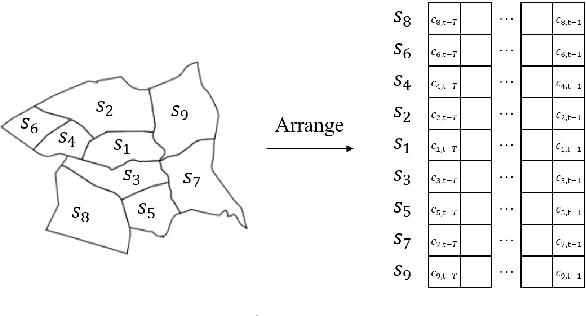
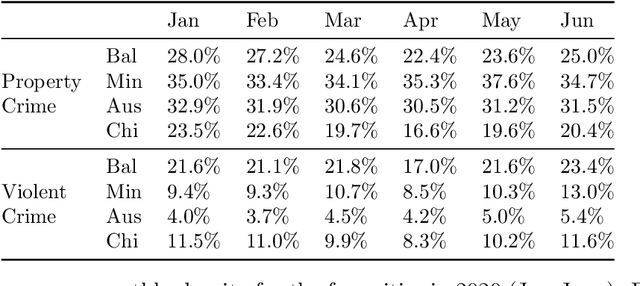
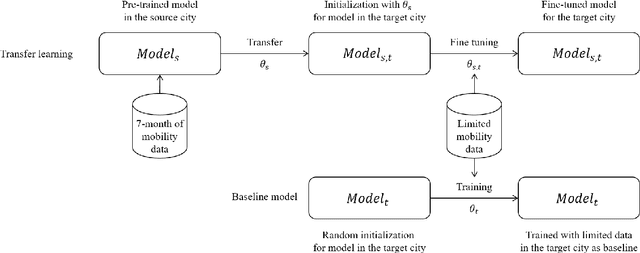
Abstract:Deep learning architectures enhanced with human mobility data have been shown to improve the accuracy of short-term crime prediction models trained with historical crime data. However, human mobility data may be scarce in some regions, negatively impacting the correct training of these models. To address this issue, we propose a novel transfer learning framework for short-term crime prediction models, whereby weights from the deep learning crime prediction models trained in source regions with plenty of mobility data are transferred to target regions to fine-tune their local crime prediction models and improve crime prediction accuracy. Our results show that the proposed transfer learning framework improves the F1 scores for target cities with mobility data scarcity, especially when the number of months of available mobility data is small. We also show that the F1 score improvements are pervasive across different types of crimes and diverse cities in the US.
Improving the Fairness of Deep-Learning, Short-term Crime Prediction with Under-reporting-aware Models
Jun 06, 2024
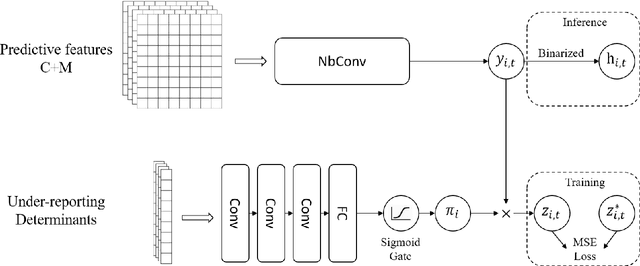
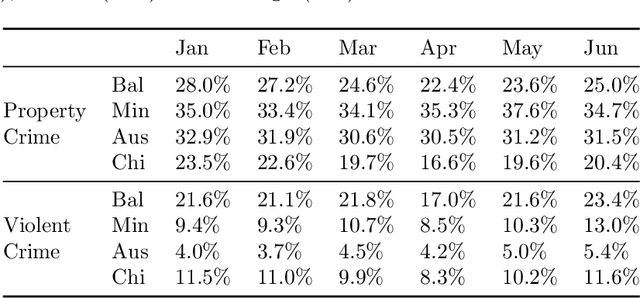
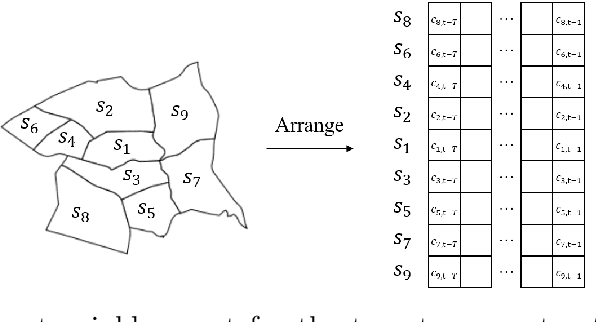
Abstract:Deep learning crime predictive tools use past crime data and additional behavioral datasets to forecast future crimes. Nevertheless, these tools have been shown to suffer from unfair predictions across minority racial and ethnic groups. Current approaches to address this unfairness generally propose either pre-processing methods that mitigate the bias in the training datasets by applying corrections to crime counts based on domain knowledge or in-processing methods that are implemented as fairness regularizers to optimize for both accuracy and fairness. In this paper, we propose a novel deep learning architecture that combines the power of these two approaches to increase prediction fairness. Our results show that the proposed model improves the fairness of crime predictions when compared to models with in-processing de-biasing approaches and with models without any type of bias correction, albeit at the cost of reducing accuracy.
Does Geo-co-location Matter? A Case Study of Public Health Conversations during COVID-19
May 28, 2024Abstract:Social media platforms like Twitter (now X) have been pivotal in information dissemination and public engagement, especially during COVID-19. A key goal for public health experts was to encourage prosocial behavior that could impact local outcomes such as masking and social distancing. Given the importance of local news and guidance during COVID-19, the objective of our research is to analyze the effect of localized engagement, on social media conversations. This study examines the impact of geographic co-location, as a proxy for localized engagement between public health experts (PHEs) and the public, on social media. We analyze a Twitter conversation dataset from January 2020 to November 2021, comprising over 19 K tweets from nearly five hundred PHEs, along with approximately 800 K replies from 350 K participants. Our findings reveal that geo-co-location is associated with higher engagement rates, especially in conversations on topics including masking, lockdowns, and education, and in conversations with academic and medical professionals. Lexical features associated with emotion and personal experiences were more common in geo-co-located contexts. This research provides insights into how geographic co-location influences social media engagement and can inform strategies to improve public health messaging.
DemOpts: Fairness corrections in COVID-19 case prediction models
May 15, 2024Abstract:COVID-19 forecasting models have been used to inform decision making around resource allocation and intervention decisions e.g., hospital beds or stay-at-home orders. State of the art deep learning models often use multimodal data such as mobility or socio-demographic data to enhance COVID-19 case prediction models. Nevertheless, related work has revealed under-reporting bias in COVID-19 cases as well as sampling bias in mobility data for certain minority racial and ethnic groups, which could in turn affect the fairness of the COVID-19 predictions along race labels. In this paper, we show that state of the art deep learning models output mean prediction errors that are significantly different across racial and ethnic groups; and which could, in turn, support unfair policy decisions. We also propose a novel de-biasing method, DemOpts, to increase the fairness of deep learning based forecasting models trained on potentially biased datasets. Our results show that DemOpts can achieve better error parity that other state of the art de-biasing approaches, thus effectively reducing the differences in the mean error distributions across more racial and ethnic groups.
Constructing Evacuation Evolution Patterns and Decisions Using Mobile Device Location Data: A Case Study of Hurricane Irma
Feb 24, 2021

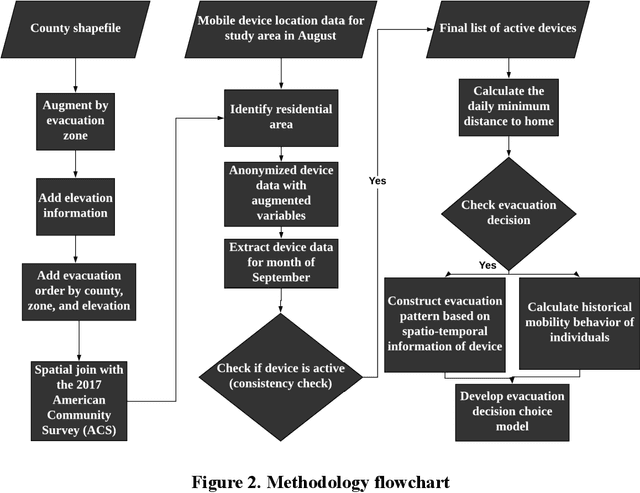

Abstract:Understanding individuals' behavior during hurricane evacuation is of paramount importance for local, state, and government agencies hoping to be prepared for natural disasters. Complexities involved with human decision-making procedures and lack of data for such disasters are the main reasons that make hurricane evacuation studies challenging. In this paper, we utilized a large mobile phone Location-Based Services (LBS) data to construct the evacuation pattern during the landfall of Hurricane Irma. By employing our proposed framework on more than 11 billion mobile phone location sightings, we were able to capture the evacuation decision of 807,623 smartphone users who were living within the state of Florida. We studied users' evacuation decisions, departure and reentry date distribution, and destination choice. In addition to these decisions, we empirically examined the influence of evacuation order and low-lying residential areas on individuals' evacuation decisions. Our analysis revealed that 57.92% of people living in mandatory evacuation zones evacuated their residences while this ratio was 32.98% and 33.68% for people living in areas with no evacuation order and voluntary evacuation order, respectively. Moreover, our analysis revealed the importance of the individuals' mobility behavior in modeling the evacuation decision choice. Historical mobility behavior information such as number of trips taken by each individual and the spatial area covered by individuals' location trajectory estimated significant in our choice model and improve the overall accuracy of the model significantly.
 Add to Chrome
Add to Chrome Add to Firefox
Add to Firefox Add to Edge
Add to Edge